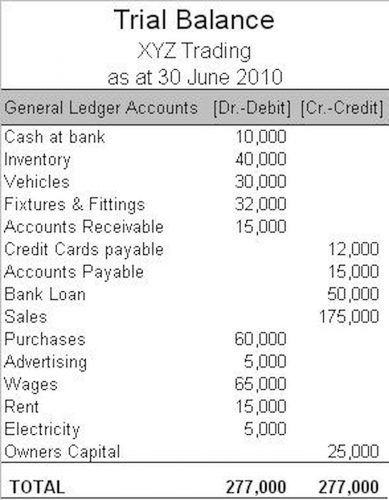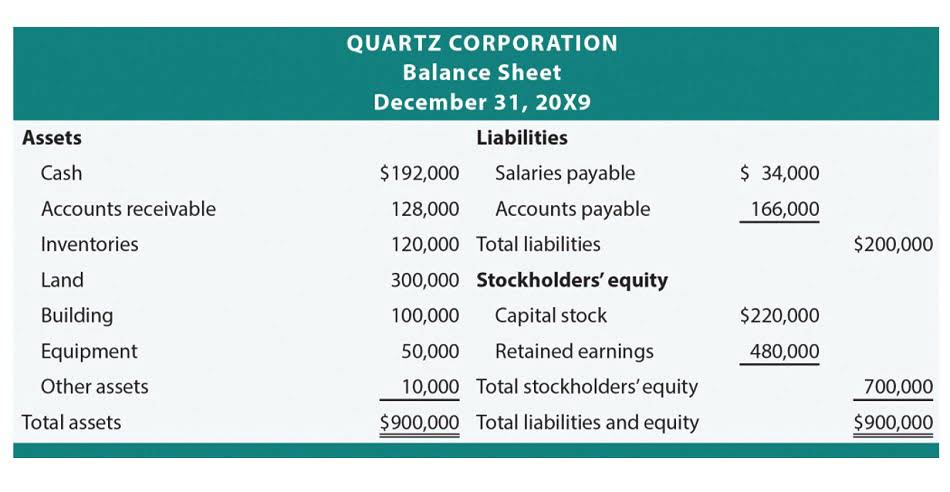Bookstime
How to do bookkeeping for Therapist Template Included by Sanat Biswal Theaccountantguy

Whether it occurs once a month or once a year, you need to categorize each and every expense, so it can be accurately entered in your general ledger. If you work as an independent contractor—for instance, leading group sessions at a recovery home—you may want to break this out into a separate category, like Contract Income. Otherwise, it’s mainly debts—whether student loans, or any loans you may have taken out in order to get your practice off the ground—that will appear here.

Therapist AND Bookkeeper? Yes, really.
- QBO grows as your practice grows, enabling you to add features and users, and scale your practice without needing to adopt new software later on, which can be time-consuming.
- Good management of accounts receivable is making sure clients pay you in a timely manner.
- You can check out my article on tax write-offs in private practice if you’d like to learn more about the land of tax deductions.
- We talk to you about how you use your books, what you expect of them , how to link your bank accounts, and how granular you like your financial statements to be.
- When pressed for time, it’s tempting to put bookkeeping on the back burner.
Here, we’ll go over some bookkeeping best practices to help you simplify the process and avoid costly mistakes. If you sublet a furnished office, or you’ve moved your practice 100% online, you may feel an Equipment account is unnecessary. But anything you use in the course of running your business is equipment. That includes your computer, your phone, and furniture in your home office. When you have a bookkeeper working for your practice, they create a chart of accounts for you.
Features of Therapists Bookkeeping Template

In such a scenario, hiring professional services for the financial management of your business is a wise choice. Elevate your therapy Bookstime practice with Milestone’s expertise in financial management tailored specifically for healthcare practices. Our solutions are designed to optimize your profit margins and help you achieve your financial goals. Contact us today to learn more about how we can empower your practice’s growth. The Profit & Loss (P&L) report provides a summary of your revenues, costs, and expenses during a specific period. This report is crucial for understanding your practice’s financial health.

What’s Heard?
- We document all transactions and essential journal entries for your books.
- Various accounting software solutions, like Sage, promise robust customer data protection and precise bookkeeping for healthcare practices.
- Fortunately, there are practical ways to keep your financial records organized with minimal effort.
- But as it turns out, a quick Google search tells me that if I don’t replace a broken spark plug, eventually my engine could stop running.
- The big win of this option is you get to have the pros of both the affordability of automated software and the professional work of an accountant directly consulting with you for your financial needs.
The big win of this option is you get to have the pros of both the affordability of automated software and the professional work of an accountant directly consulting with you for your financial needs. The problem with DIYing your accounting is you adjusting entries might not even realize that you’re reporting something incorrectly or missing something important on your taxes. A CFO or Chief Financial Officer can help you with your overall financial strategy. They can offer advice regarding budgeting, cost management, and investment opportunities.
Team Member Spotlight: Eleanize
With your general ledger up to date and your bank accounts reconciled, you’re ready to generate financial reports. If you’re waiting on overdue payments from clients, now is a good time to follow up and make sure you get paid. If you feel awkward giving your clients a nudge, ”I’m catching up on my bookkeeping” is a perfectly good excuse for chasing down bills. When you run your own therapy practice, it’s all too easy to fall behind on bookkeeping.

Our intuitive software automates the busywork with powerful tools and features designed to help you simplify your financial management and make informed business decisions. Use this cheatsheet to maximize your deductions and save money on taxes for your therapy practice. If you’re doing your own bookkeeping, you may want to label each account on your chart of accounts with the type of financial statement it appears on. Blueprint automates progress notes, drafts smart treatment plans, and surfaces actionable insights before, during and after every client session. Choosing a business structure is crucial, as it shapes how you draw income.

- How much you’re expecting to make before expenses over the next 12 months from private practice and/or as a 1099 contractor.
- Proper categorization helps you understand your spending patterns, ensures that you’re compliant with tax laws, and makes tax preparation much smoother.
- Your therapy practice’s chart of accounts lists all the different ways your business earns and spends money, and tells you how to categorize each transaction.
- This allows for better financial oversight and informed decision-making, which is essential for practice growth.
- Many therapists have shared positive feedback regarding their experiences with QuickBooks through platforms like Heard accounting reviews.
- For instance, your general ledger might show revenue of $120, but without a label on the transaction, you’d have no idea whether that money came from a client, or as royalties on a book you published.
- It involves leveraging AI, automation and client facing portals to simplify the payments process.
The profit margin of a therapy practice is essential for assessing financial health and sustainability. Regularly reviewing financial statements and bookkeeping tasks is crucial for maintaining a practice’s financial health. On average, a healthy practice can expect a profit margin ranging from 15% to 30%, depending on various factors such as location, specialty, and client load. For private practice therapists, maintaining a profit margin within this range helps ensure that the practice remains viable and provides sufficient compensation for the therapist’s work. As a therapist running a private practice, maintaining an organized and efficient accounting system is crucial to the success and sustainability of your business.
Book a demo with our friendly team of experts
Reconciling bank statements on a bookkeeping for therapists regular, scheduled basis helps validate your records. Failing to do this regularly might lead to errors or even inadvertent fraud. It’s difficult to accurately remember what happened financially months ago. Each of these features helps you streamline and save time while maintaining a clear and updated view of your practice’s finances. Cash flow statements help you understand where your money is coming from, where it’s going, and how much cash you have.
Our team is ready to learn about your business and guide you to the right solution. Read high quality, fact-checked articles on private practice finances. Maybe your business isn’t in need of a dedicated bookkeeper, but you’d like a place to get individualized support. There are a lot of resources out there, but sometimes, we’re not even sure what questions to ask.
